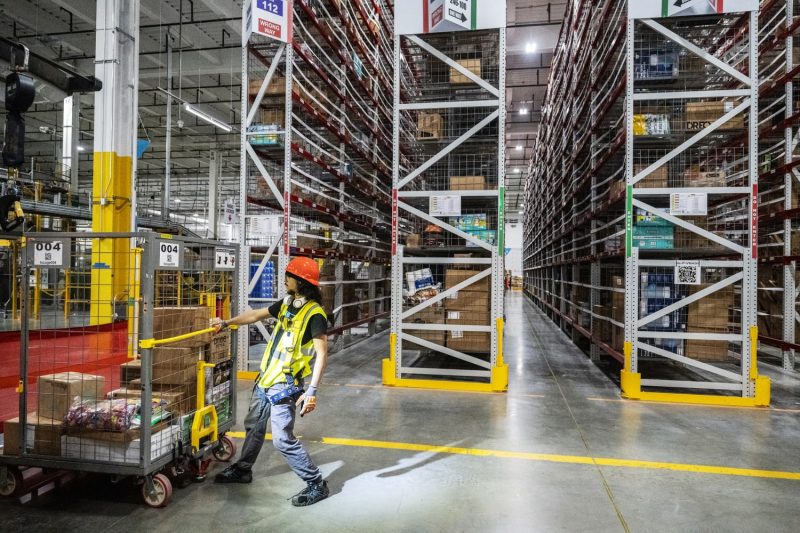The recent increase in the U.S. unemployment rate to 4.3% reflects a challenging economic landscape in the country amid signs of a broader economic slowdown. This uptick in the unemployment rate comes at a time when various sectors are showing signs of weakness, raising concerns about the overall health of the economy.
One of the contributing factors to the rise in the unemployment rate is the slowing pace of job creation across different industries. Companies are adopting a more cautious approach in hiring new employees, partly due to uncertainties stemming from geopolitical tensions, trade disputes, and fluctuating market conditions. This reluctance to expand their workforce has led to a decrease in job opportunities available to job seekers, thus resulting in a higher unemployment rate.
Moreover, the ongoing technological advancements and automation in various sectors are also impacting the labor market. Many traditional jobs are being replaced by machines and AI, leading to job displacement for a significant number of workers. This structural shift in the economy has created challenges for individuals seeking employment, especially those in industries where automation is prevalent.
Another factor contributing to the rise in unemployment is the global economic slowdown. The U.S. economy is deeply interconnected with the global economy, and external factors such as trade tensions and slowing growth in major economies like China and Europe are impacting the U.S. economy as well. This interconnectedness has led to a reduction in demand for goods and services, affecting businesses and their capacity to sustain or expand their workforce.
Furthermore, the uncertainty surrounding government policies, including trade agreements and regulations, has added to the cautious approach adopted by businesses. The lack of clarity and potential changes in policies create a challenging environment for businesses to make long-term investment decisions, which, in turn, affects their hiring plans.
In response to the challenges posed by the rising unemployment rate and broader economic slowdown, policymakers are considering various measures to stimulate economic growth and job creation. These measures could include targeted fiscal stimulus, monetary policy adjustments, and policies to support workforce development and reskilling initiatives.
Overall, the increase in the U.S. unemployment rate to 4.3% reflects the complex challenges facing the economy at present. Addressing these challenges will require a multi-faceted approach that involves collaboration between the government, businesses, and other stakeholders to promote sustainable economic growth and ensure a resilient labor market in the face of ongoing uncertainties and disruptions.

